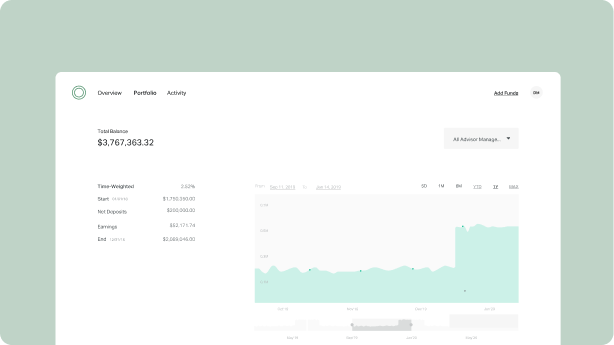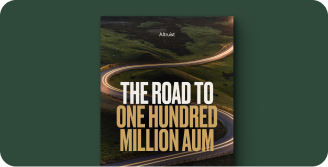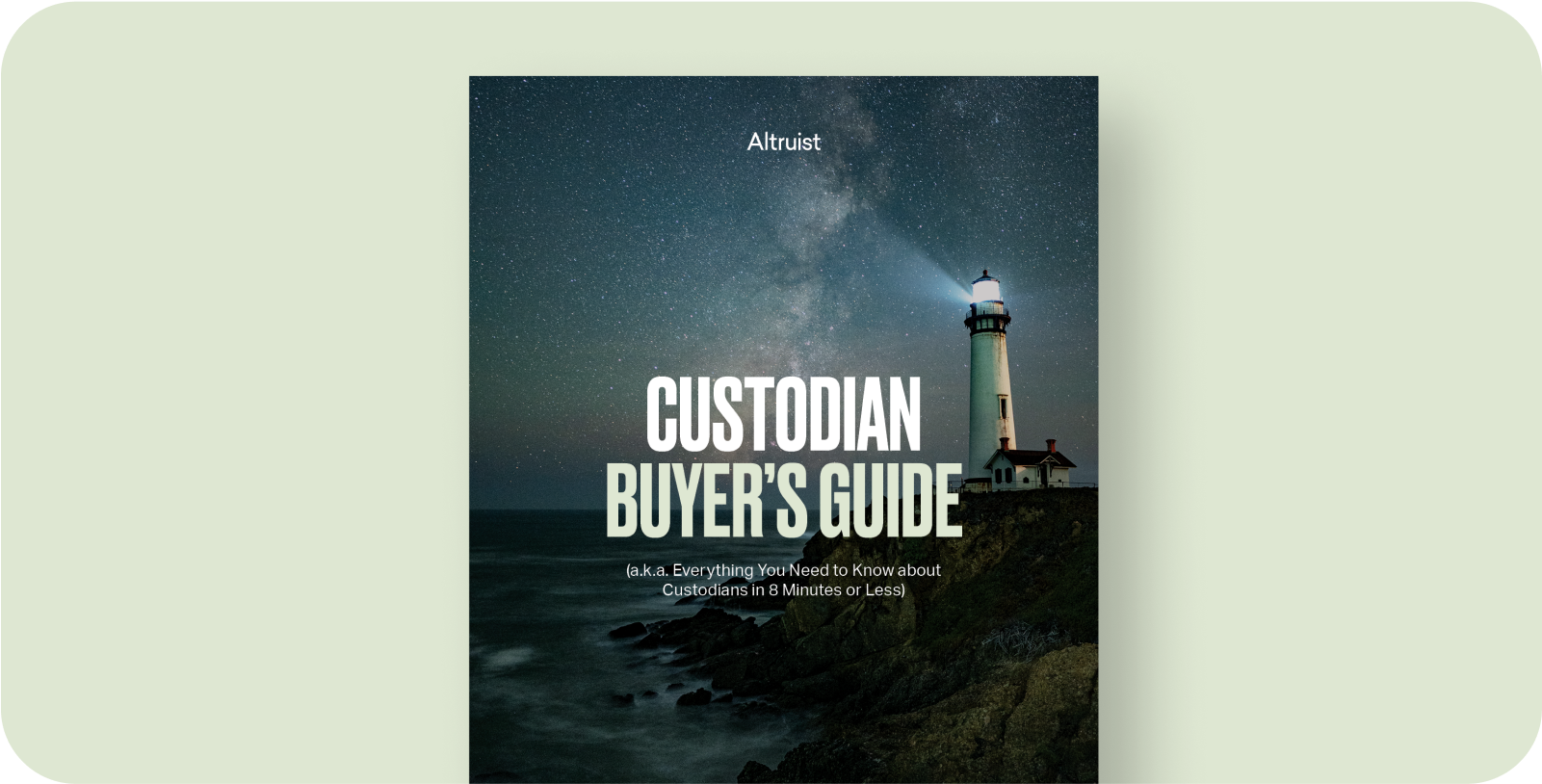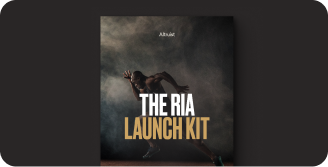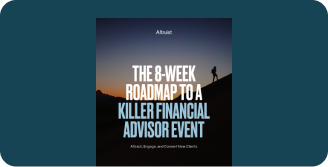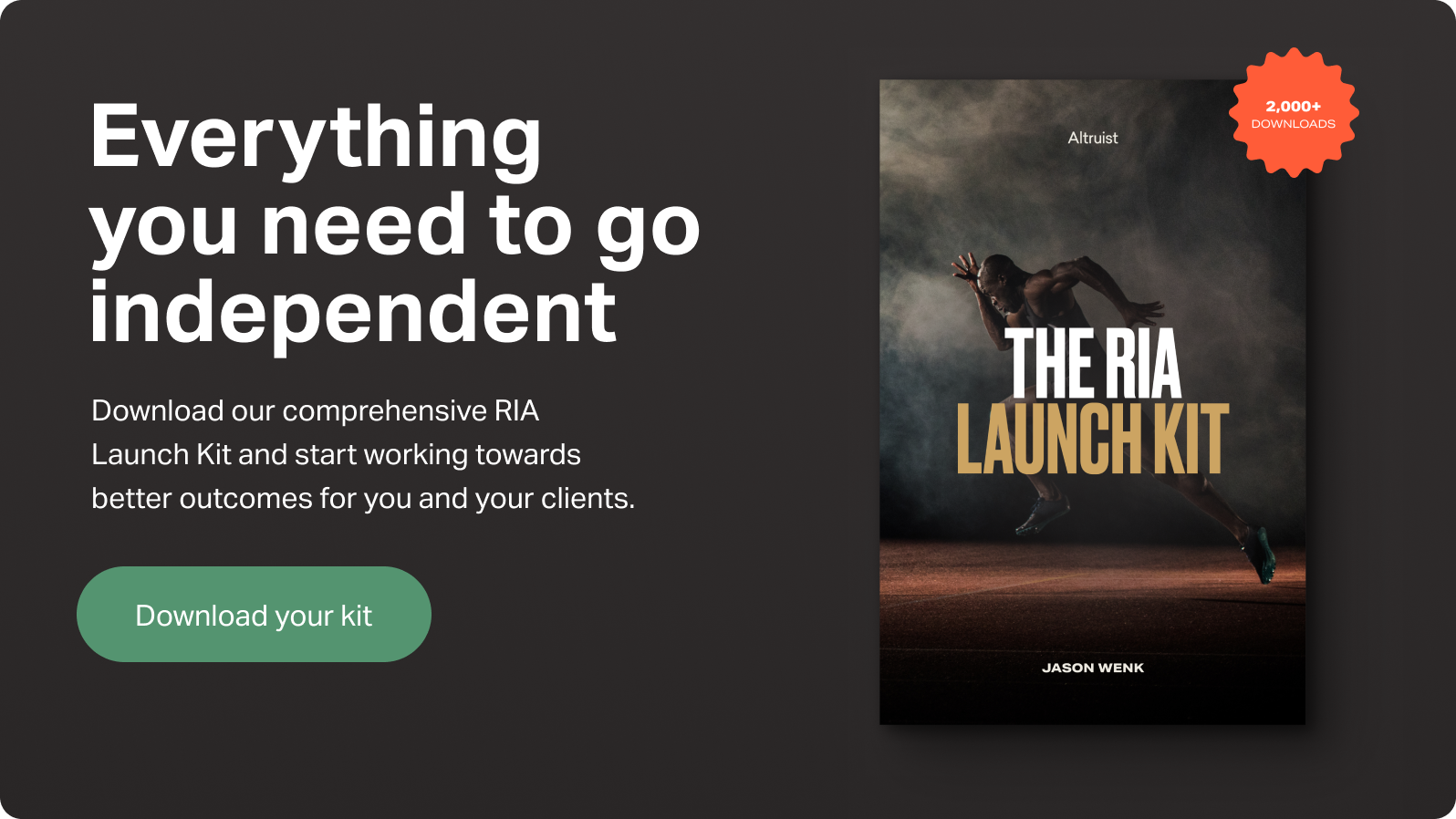Knowing if you’re ready to launch your own RIA is a big decision. For me, these four factors guided me to realize I was ready to break out on my own.
Before I dive into what motivated me in going independent RIA, let’s start from the beginning of my career story. A summer internship selling life insurance sparked my interest in the financial services industry, and after graduating from Central Michigan University, I landed a position with a larger firm that managed billions of assets. For the next few years, I continued working in the wealth management space learning everything I could about how a firm operates. From administrative work, compliance and operations, marketing programs, investment analysis, client relations, and everything in between, I absorbed as much of it as I could. Each firm that I worked for plays a key role on how to become an independent financial advisor and here’s where I am today Principal and Founder of Resilient Financial Planning.
This brings me to when I felt the time was right to make the transition to building my own practice in order to grow. These 4 questions helped me determine how to become an independent financial advisor:
1. Are you looking for more control?
My number one reason for going independent RIA was the need for more control over how I served my clients and what I could offer to them. I wanted more authority over everything from the tools I used to the investment strategies I deployed to the client experience I provided in-person and online.
If I were to build a practice within a wirehouse, like Merrill Lynch or Edward Jones, I would have had very little control from start to finish on what processes look like. Plus, I would be paying a small fortune every year. Instead, I wanted to put all of the puzzle pieces together in the most optimal way for the clients I wanted to work with.
2. Do you want more freedom?
Freedom was the second motivating factor for me when I made the decision to become a business owner. Freedom, which for me, is the ability to be in 100% control of my own destiny and to plan exactly what I want my day to look like, every single day.
However, freedom was a long-term goal. In the short-term, I knew that I would be working more hours and spending more time building my business.
Before I took the leap in becoming an independent financial advisor, I went through a very simple exercise. I created a standard T chart, one side labeled “pros” and the other side, “cons” for both potential paths. One path was staying with the company I was with and building my book of business through them and the other was making the move to starting my own business and growing my practice that way. I wanted to compare the options side-by-side in order to make a logical and calculated decision. After analyzing the results of the exercise, it was very clear what the right decision was for me.
3. Do you desire a higher income potential?
This factor mattered more to me than when I asking on how to become an independent financial advisor. If you build your practice within the wirehouse infrastructure, they own that revenue stream and, ultimately, it’s their equity. That means if you make the switch later on, you’ll potentially have to deal with legal ramifications when you try to move clients with you. Now if you start building your own book of business as an independent RIA, you can build equity as you increase your client base because you’ll own the revenue stream it produces.
More so, if you do a little bit of digging around, you’ll find that most of the things that a wirehouse or large independent firm provides to you as an employee advisor are accessible for free or at extremely low costs. For example, I now operate my firm at a fraction of cost and utilize much more robust tools, resources, and investment platforms.
4. Are you ready to maximize client outcomes?
The fourth influencing factor that drove me to find our how to become an independent and start my own RIA was that I wanted to maximize my client outcomes. I wanted to provide my clients with the very best resources, tools, and strategies they needed in order to maximize their aggregate results.
And now I’m able to base all of my decisions on this driving factor. At Resilient Financial Planning, I mostly work with business owners, tech professionals, and engineers and everything we offer speaks directly to them to maximize their outcomes.
For example, I recently built a free online retirement planning course called the “Retirement Accelerator” program. The course is 100% free and helps individuals over the age of 50 take action and get started with their planning. After the three-week course, if the student is a good fit to become a private client, I invite them to complete an application. Now if I was working within a wire house or large firm, like Edward Jones, Merrill, or UBS, this type of initiative wouldn’t be possible. That’s why by the time you started to ask yourself how to become an independent financial advisor and you went through a number of compliance, regulatory, and marketing hoops that you would have to jump through, it would be daunting and would make this entire effort nearly impossible.
If you are a financial advisor with at least 3-5 years of client-facing experience and thinking about breaking away from a wirehouse firm, starting your own RIA could be the best way to grow faster. You’ll have more control, freedom, income, and be able to provide your clients with greater outcomes. As long as you are open to learning the blueprint for starting your own independent firm and finding the right mentors, there’s no reason you can’t make go independent RIA and be a success.
To learn more about Trent and to connect, please visit Resilient Financial Planning.
Going Independent
As always we're here to help, please let us know if you have any questions. And to learn more about breaking away, checkout our previous articles in our series:


